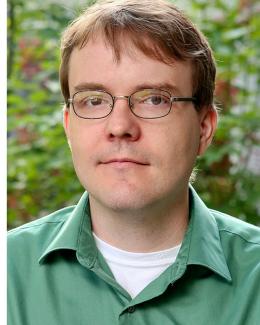Abstract
Nanotendril “fuzz” will grow under He bombardment under tokamak-relevant conditions on tungsten plasma-facing materials in a magnetic fusion energy device. We have grown tungsten nanotendrils at low (50 eV) and high (12 keV) He bombardment energy, in the range 900–1000 °C, and characterized them using electron microscopy. Low energy tendrils are finer (~22 nm diameter) than high-energy tendrils (~176 nm diameter), and low-energy tendrils have a smoother surface than high-energy tendrils. Cavities were omnipresent and typically ~5–10 nm in size. Oxygen was present at tendril surfaces, but tendrils were all BCC tungsten metal. Electron diffraction measured tendril growth axes and grain boundary angle/axis pairs; no preferential growth axes or angle/axis pairs were observed, and low-energy fuzz grain boundaries tended to be high angle; high energy tendril grain boundaries were not observed. We speculate that the strong tendency to high-angle grain boundaries in the low-energy tendrils implies that as the tendrils twist or bend, strain must accumulate until nucleation of a grain boundary is favorable compared to further lattice rotation. The high-energy tendrils consisted of very large (>100 nm) grains compared to the tendril size, so the nature of the high energy irradiation must enable faster growth with less lattice rotation.




